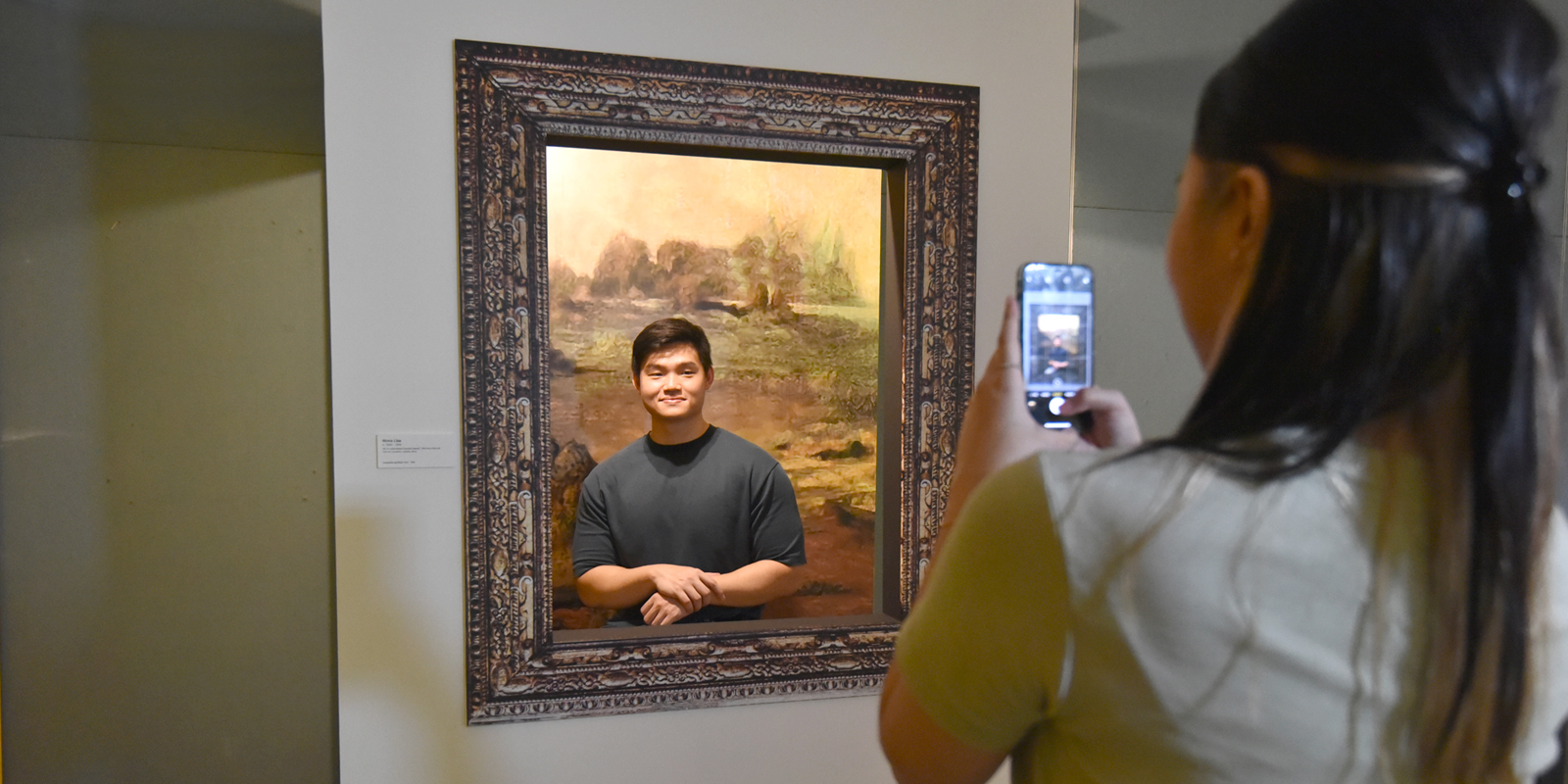Travel back to the 15th century with Science Centre Singapore’s Da Vinci The Exhibition: Be Inspired to Innovate – a tribute to Leonardo da Vinci as it attempts to bring the Renaissance master’s knowledge, inventions and innovations across Science, Technology, Engineering, Mathematics (STEM) and Art fields to life.
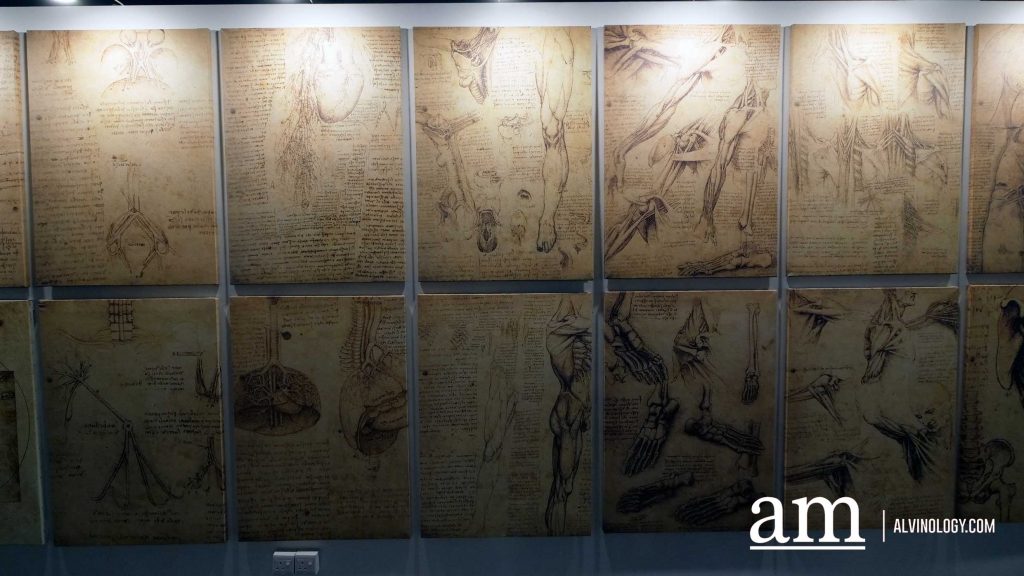
Curated by Argentina-based Aurea Exhibitions in collaboration with Fundación De Historia Natural, this touring exhibition features the largest collection of da Vinci’s inventions for the first time in Southeast Asia.
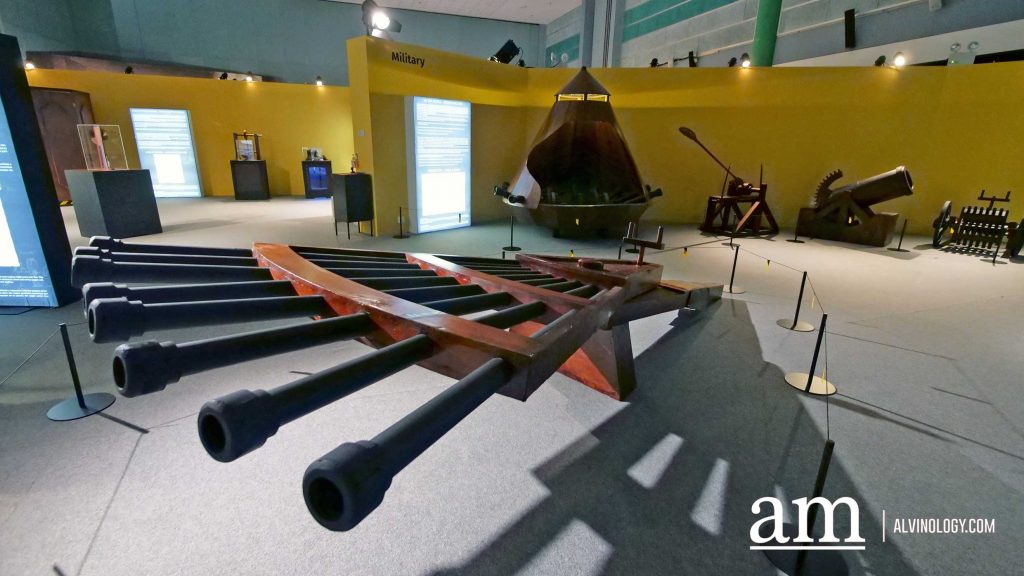
Their trained artisans interpreted and used da Vinci’s Codices to design and reconstruct his inventions, bringing the master’s two-dimensional plans to life.
An acclaimed and probably the most influential artist of the Renaissance period, da Vinci was a thinker who was way ahead of his time, fusing science, nature and art to create masterpieces that transcend disciplinary boundaries.

Leonardo da Vinci lived a life driven by endless curiosity, with an obsession to learn, explore and invent. His imagination and extraordinary craftsmanship allowed him to conceptualise and create legendary art and significant inventions that combined science and arts. Little surprise, the impact of his masterpieces on the world is relevant even today.
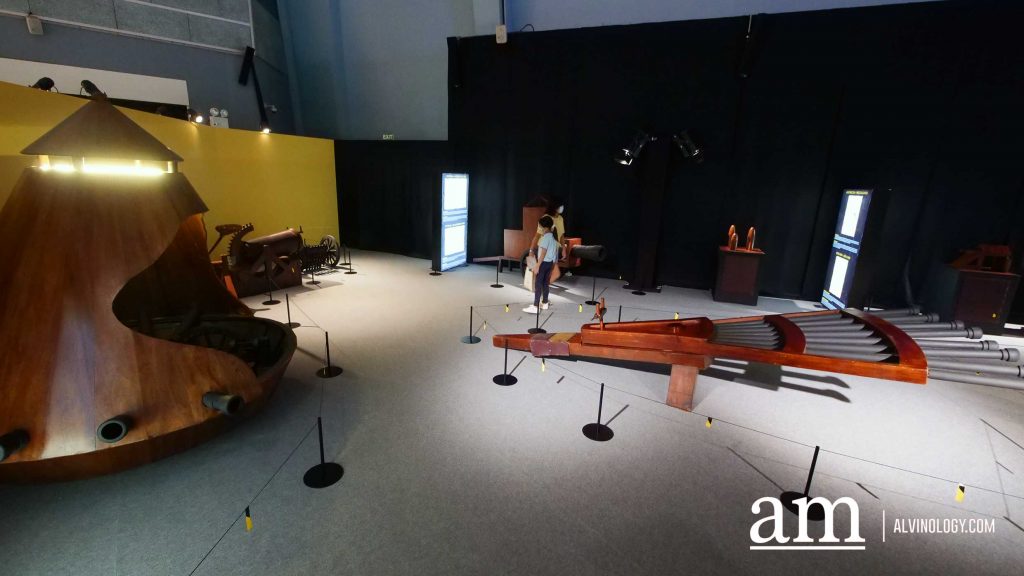
I have read up substantially about da Vinci’s works and his life story, intrigued by his ability to cross both STEM and Art fields. The exhibition was absolutely delightful for me, being able to see some of his best 2D works in 3D, and to have my son with me to educate him on da Vinci’s creative thinking.
We left the exhibition feeling inspired to innovate and we hope you will too. This is a perfect activity for parents to bring their kids during the June school holiday now.
For the little ones, there are also interactive mini workshops for them to engage in some art and craft, inspired by da Vinci’s creations.
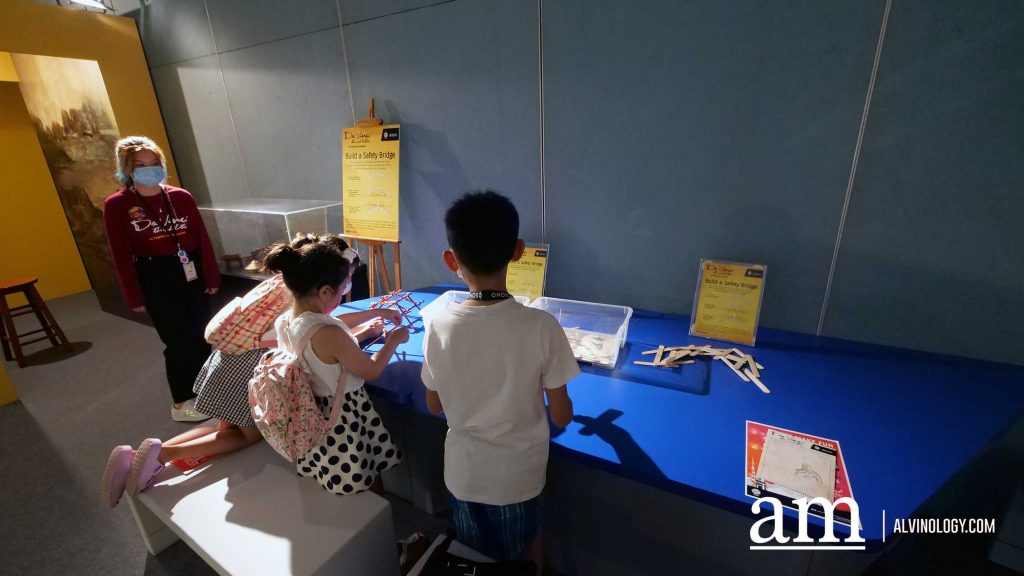
For the millennials, there are several Instagram-worthy stations for you to capture your best moments to share on social media.
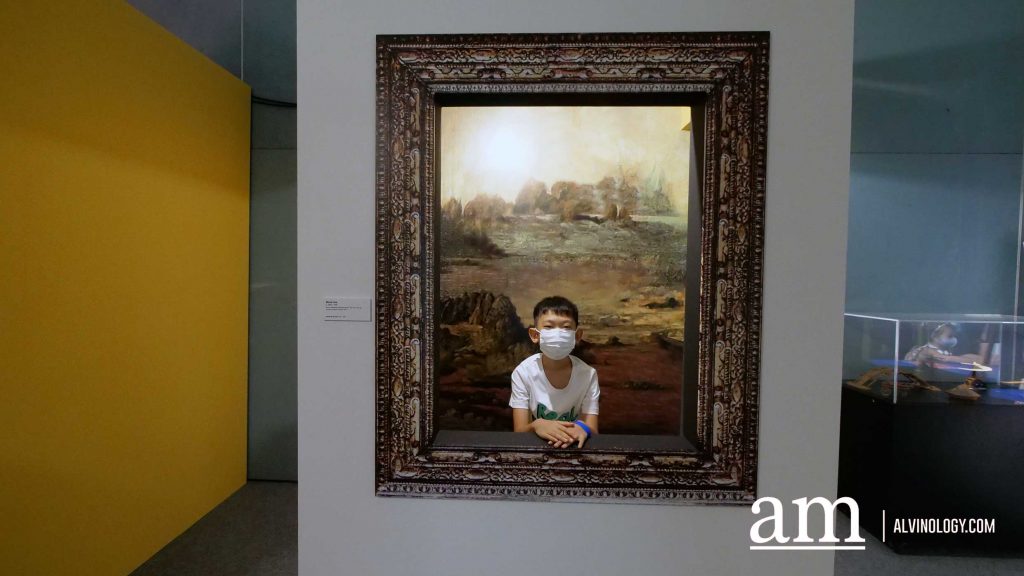
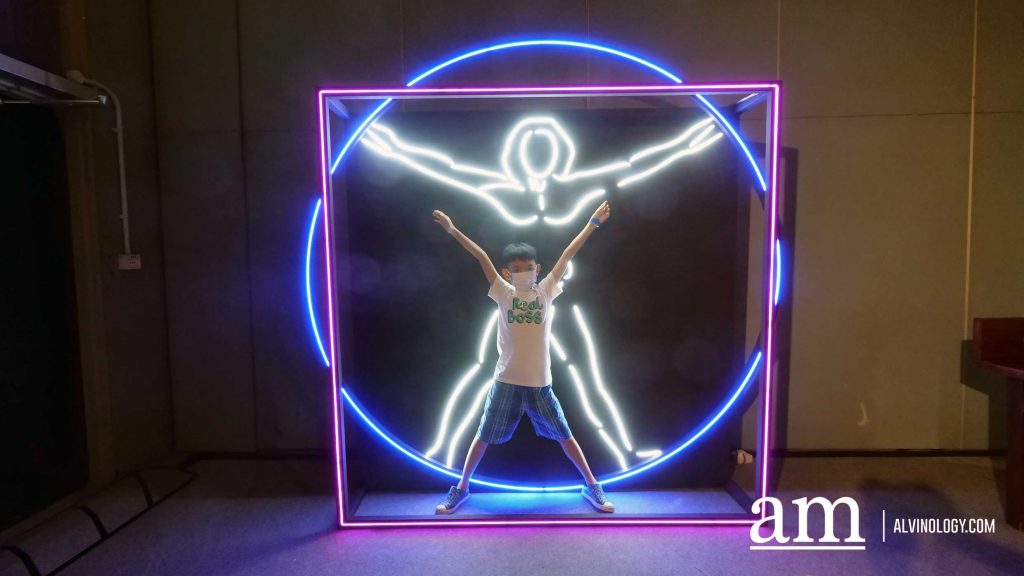
The 10,000 square-feet exhibition features more than 50 life-size replicas of da Vinci’s inventions, 15 reproductions of his acclaimed fine art studies and many other displays showcasing his complex beginnings and lifetime achievements.
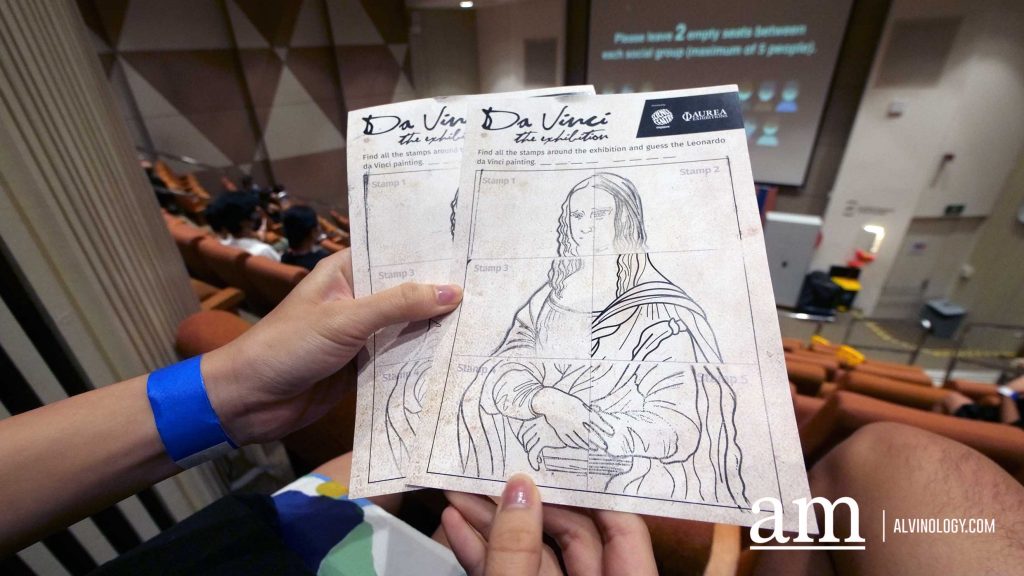
The visual showcase spotlights da Vinci’s intricate designs and extraordinary early concepts, including discoveries in engineering, flight, hydraulics, music, light and more with interactive stations for guests to uncover the science behind his art.
Da Vinci The Exhibition brings to fore the artist’s endless curiosity, pursuit of knowledge and his incredibly advanced understanding of science, nature and art.
On display are reconstructed replicas of da Vinci’s renowned paintings such as “Mona Lisa” and “The Last Supper” which demonstrate how da Vinci used science to engineer and elevate his artwork through his understanding of optics, illusion, nature and human anatomy. From Mona Lisa’s eternal smile to the use of the Golden Ratio in the “Vitruvian Man”, his iconic art works bring out da Vinci’s strong ability to blend art and science.
Da Vinci The Exhibition is now running at Science Centre Singapore until 2 January 2022.
Tickets are available for purchase through the Centre’s online ticketing platform with the all-new Half Day Pass which includes entry to Da Vinci The Exhibition and Science Centre Singapore.
Prices for the Half Day Passes are as below:
| Adult | Child(Ages 3 – 12 years old) | |
| Singaporean / PR | $19.90 | $17.90 |
| Standard | $23.90 | $21.90 |
Zone 1: About Leonardo da Vinci
Leonardo da Vinci was a Renaissance painter, sculptor, architect, inventor, military engineer and draftsman — the epitome of a true Renaissance man. Gifted with a curious mind and a brilliant intellect, da Vinci studied the laws of science and nature, which greatly informed his work. In this zone, guests will learn about da Vinci and his greatest achievements – from being one of the first artists in Italy to use oil paints to being a vegetarian, and even details of the mystery of the resting place of his final remains.
Zone 2: Anatomy
Da Vinci’s early anatomical studies dealt chiefly with the skeleton and muscles; yet even at the outset, Leonardo combined anatomical with physiological research. From observing the static structure of the body, da Vinci proceeded to study the role of individual parts of the body in mechanical activity. In this zone, guests will be able to study da Vinci’s groundbreaking anatomical sketches such as the first accurate depiction of the human spine.
Zone 3: Paintings
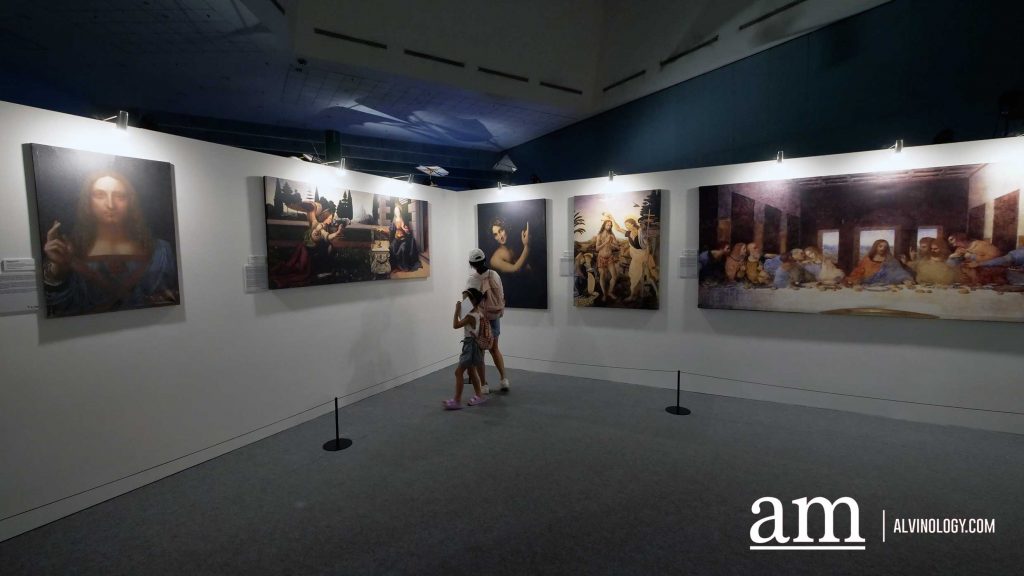
One of the greatest Renaissance painters of all time, da Vinci continually tested artistic traditions and techniques. He created innovative compositions and was a master in various disciplines of painting such as “chiaroscuro,” an Italian term meaning “light/dark.” This technique uses the contrasts of light and shadow as a modeling technique for achieving the illusion of plasticity and three-dimensional volume. He deployed the technique “Sfumato” where soft, gentle lighting was crucial to his paintings. Facial features were not strongly defined or outlined but conveyed by soft, blended variations in tone and color. The further from the focus point of the painting, the darker and more monochromatic the shadows become. Replicas of famous paintings in this zone include The Virgin of the Rocks, Lady with an Ermine and the world’s most valuable painting, the headon portrait of Salvator Mundi.
Zone 4: Study of Physics
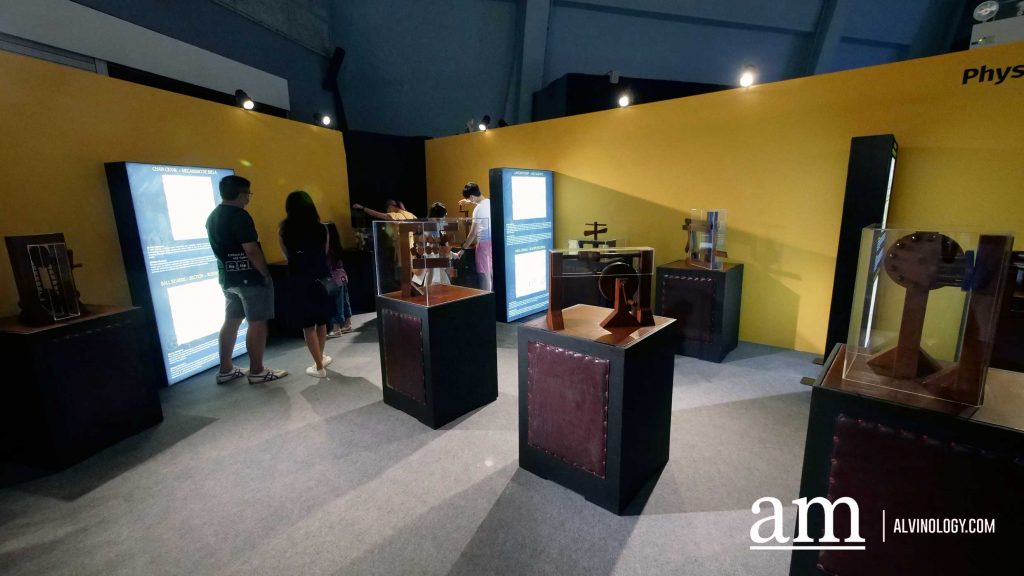
This zone showcases a selection of da Vinci’s biggest mechanical achievements. For da Vinci, mechanics was the key to understanding the world. He studied the behaviour of natural elements and identified recurrences to understand the way they behave under different circumstances. He also saw the human body as a complex machine that moved in many different ways, and studied the anatomy to understand how it determined physical behaviour in humans and animals. Da Vinci considered that once human action and natural forces were properly understood, knowledge could be developed to allow the construction of machines that replicated the patterns of nature. These machines include the pulley, automatic locking system, chain crank and spiral springs.
Zone 5: Study of Optics and Music
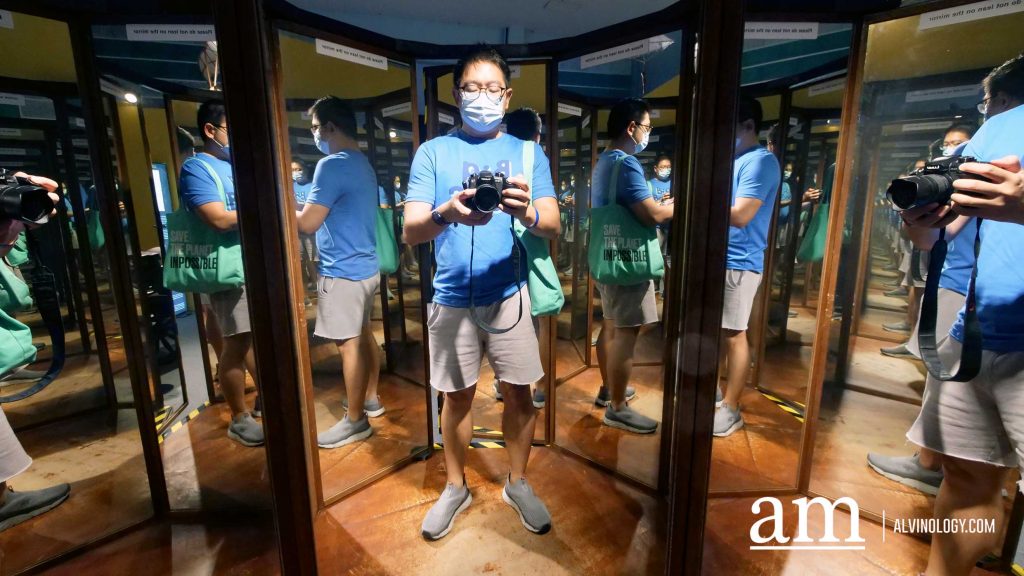
This zone showcases innovations that da Vinci conjured in relation to the study of optics. Like many of the Dutch artists of the time, he was intrigued by the discipline and conducted extensive investigations on light, reflections, and shadows. Even though it was not until 100 years later that the first telescope was invented by Hans Lippershey, da Vinci first realised the possibility of using lenses and mirrors to view heavenly bodies. Notable inventions in this zone include the light projector, room of mirrors, mechanical drum and portable piano.
Zone 6: Military Studies

This zone showcases wartime tools and devices that da Vinci designed for nobles that were leading the war in 15th-century Italy. He designed and sold his war machines for profit in an effort to devote himself to painting, and many of the materials da Vinci used for his work were expensive and required a considerable amount of financial security to purchase. He provided his design services to nobles like César Borgia, the son of Pope Alexander VI (r. 1492–1503) and his longterm mistress, Vannozza dei Cattanei. These designs include canyons, gears, sprockets, rotating bridges, and strategic games with ropes and recoiling pulleys.
Zone 7: Study of Flight
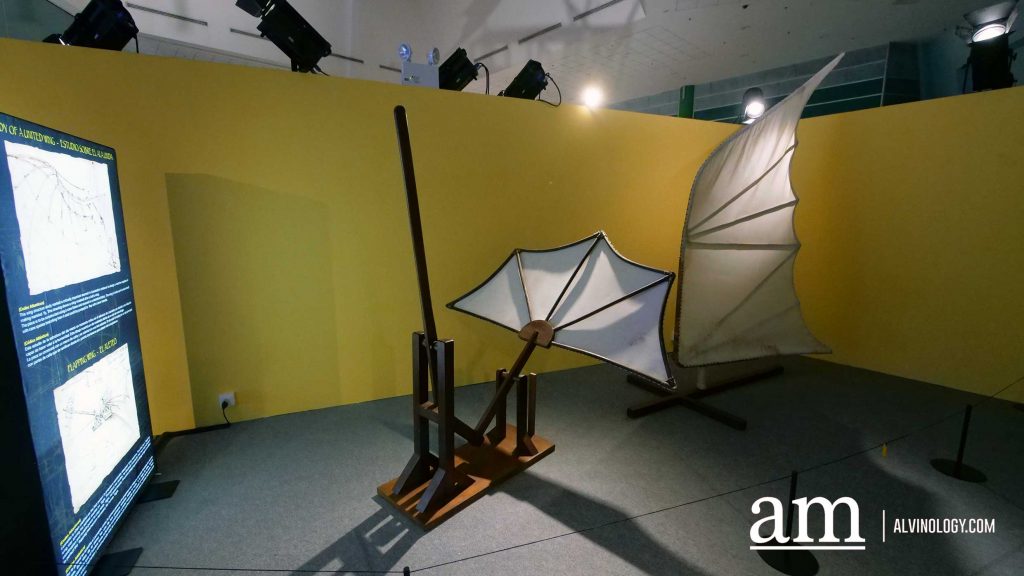
This zone features one of da Vinci’s most recognisable designs of all time – the flying machine. Da Vinci was certain that there was a way that man could fly, and tested many theories and developed a manuscript on the flight of birds. Through his experiments, da Vinci learnt that the human strength is not sufficient for winged flight, and determined that the difference between a human’s body weight and the power required to lift an object into the air is the main element that prevents take-off. Looking into ways that could help man to fly, da Vinci research eventually laid the groundwork for the first successes in human flight, including gliders, airplanes, helicopters, and parachutes.
Zone 8: Study of Civil Engineering

This zone showcases a series of da Vinci’s designs that contributed to the advancement of civil society. Da Vinci often compared the mechanics of the body to a machine, and sought to find solutions to the everyday dilemmas of man with tools that could help them conserve energy and multiply efficiency. With that spirit, he designed mechanisms such as forklifts, textile machines, cranes, drills, and excavators, with the ambition of helping mankind complete difficult tasks with greater simplicity. As much of Leonardo’s attention was focused on designing for wartime, many of his innovations in civil engineering had a secondary military application. Leonardo’s drawings of his machines can be found in drafts throughout his notebooks, in which he detailed the operation of each of the objects, as well as his experiments to expand the machines’ capabilities and their most efficient uses.
Zone 9: Study of Hydraulics

This zone showcases da Vinci’s studies on hydraulic engineering and its various applications, which were inspired by his fascination with the behaviour of water. As a child, da Vinci often marveled at the fluid movement of rivers and streams near his home in Tuscany, and referred to water as “the pulse of nature. Da Vinci devised plans for channeling and controlling rivers, for the purposes of inducing or preventing flooding. He also studied the natural energy of rushing water and ways to harness its power. Da Vinci’s water-related studies and inventions also include a design for a sea buoy, a double-hulled boat, a rowboat, a hydraulic saw, the principles of wetsuits and the function of modern submarines.
Zone 10: Leonardo da Vinci’s most famous works – Mona Lisa and the Last Supper
The Last Supper, commissioned by Ludovico Sforza, duke of Milan is among the most famous paintings in the world. In this zone, a replica sits at nearly the original size as the one that covers an end wall of the dining hall at the monastery of Santa Maria delle Grazie in Milan, Italy. In this same zone, lies the replica of what is considered an archetypal masterpiece of the Italian Renaissance – The Gioconda (Mona Lisa).





